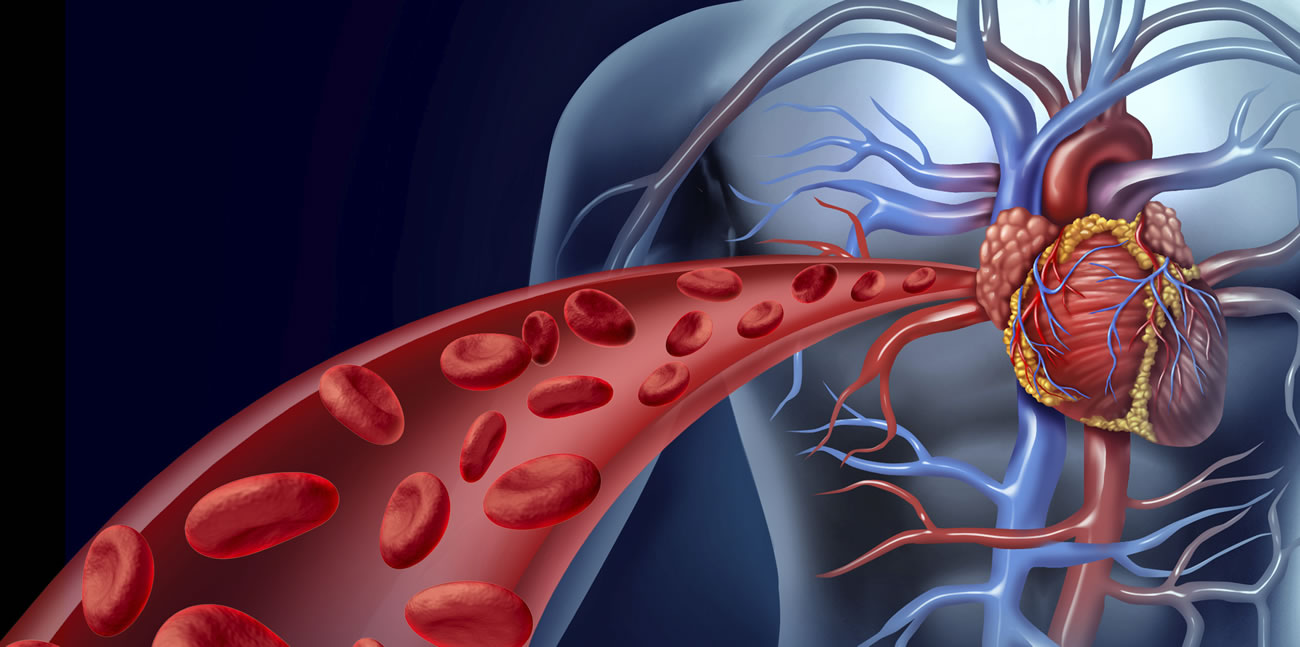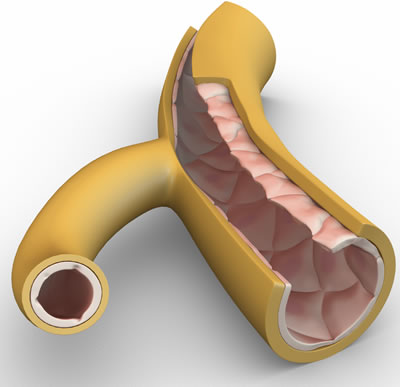What is the endothelium? Does caffeine damage it?

What is the endothelium?
The endothelium is the thin layer of cells that lines the inner walls of our arteries.
Does caffeine damage the endothelium?
There is no convincing evidence that drinking caffeinated beverages like tea or coffee damages the endothelium.
Our body’s general contractor

But you’re right to be concerned about the endothelium. It’s important to keep this “inside skin” of our arteries healthy because it’s a real workhorse.
When operating normally, the endothelium is a fantastic piece of machinery. Think of it as the general contractor of our arteries.
Healthy dilation
The endothelium “supervises” multiple vital workings. It introduces, for example, chemicals like nitric oxide that control how and when our arteries dilate (expand) and contract.
Good blood flow
The endothelium also releases factors that cut down on platelet stickiness, helping ensure that red blood cells flow smoothly, like traffic on an unclogged freeway, to their important destinations, including our hearts and brains.
Healthy clotting
The endothelium also maintains a finely balanced clotting/anti-clotting surface. It ushers in clotting forces when any breaking or tearing of tissue happens in our arteries, but it also knows when to “call off” the forces before they go too far, producing mountainous clots that block blood flow.
Lifestyle factors that damage the endothelium
Caffeine may not damage the endothelium, but a poor diet and sedentary lifestyle with effects like high blood sugar, high blood pressure, high triglycerides, and high blood cholesterol will.
Systems gone haywire
All the above lifestyle-related factors upset the usual workings of the endothelium. Normal, healthy systems start to break down. It’s as if the general contractor left town without instructions.
Output of beneficial nitric oxide slows.
Blood vessels start contracting rather than dilating, narrowing the passageways that blood travels through.
The cell surface of the endothelium turns sticky and raw, attracting platelets that tend to form clots.
And, like a sore on your skin that’s raw and sensitive to infection, a malfunctioning endothelium becomes a breeding ground for inflammation. Bad forms of cholesterol are now more likely to seep into the arterial skin, creating plaques that can ultimately burst and spew their contents into the bloodstream, triggering massive blood clots that block blood flow and cause heart attacks and strokes.
Healing the endothelium via healthy living
When you take good care of yourself with a healthy-living plan like the Pritikin Program, taught at the Pritikin Longevity Center in Miami, you’re not only keeping your heart and weight in good shape, you’re keeping lesser known (but incredibly important) workhorses like the endothelium in good shape, too.
Fast healing
What’s especially heartening to know is that resumption of the endothelium’s normal workings begins to happen almost immediately with healthy Pritikin-style living.
Within a three-week program at the Pritikin Longevity Center, for example, researchers at UCLA found that the Pritikin diet and daily exercise significantly improved the endothelium’s output of dilation-enhancing nitric oxide.1
Using PET scans, scientists at UCLA have also measured blood flow in people before and six weeks after they began the Pritikin Program. The “after” scans showed a remarkable increase in the ability of the coronary circulation to vasodilate (relax and widen) as well as increases in coronary blood flow.2
Similar results3 have been reported for other patients following a healthy, low-fat, plant-rich diet and exercise intervention like Pritikin.
Another key benefit of the Pritikin Program for the endothelium is the program’s proven success in lowering inflammatory factors in the blood, including high-sensitivity C-reactive protein.4
What is the endothelium? | Bottom Line
The endothelium is the general contractor of your cardiovascular health.
And what you do today, right now, can help ensure that your contractor is the very best there is. With each healthy Pritikin meal, with each half-hour of exercise, your contractor is working to improve dilation, ward off inflammation, arrest clots, prevent plaque build-up, and protect you from heart attacks and strokes.
That’s one priceless contractor.
Sources
- 1 Circulation, 2002; 106: 2530.
- 2 Circulation, 1995; 92: 197.
- 3 Journal of the American College of Cardiology, 2003; 41: 263.
- 4 Journal of Applied Physiology, 2006; 100: 1657.